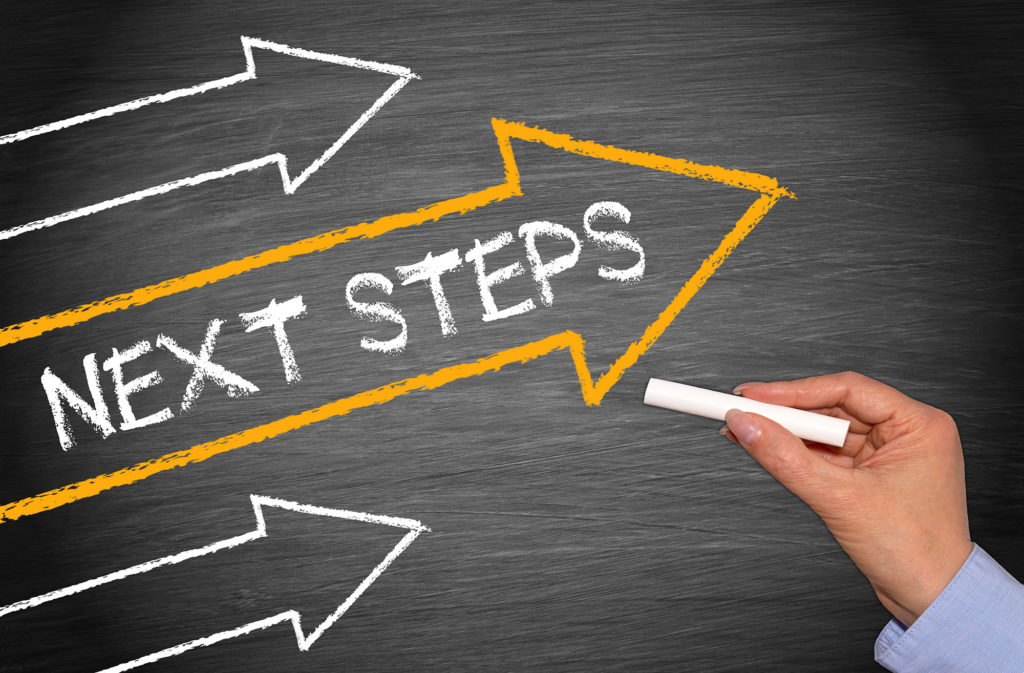How to Treat a Hypoglycemic Episode
- Matt Frank
- December 21, 2021
- 1:37 pm
Hypoglycemia symptoms come on swiftly when the level of glucose in your blood drops below the normal range. For most people with diabetes, that means a level of 70 milligrams per deciliter (but can vary, so always check with your healthcare provider to find out your level). It’s important to be on the lookout and identify it as soon as possible—so let’s go over some symptoms and the quick and effective ways to treat a hypoglycemia episode.
Symptoms
Symptoms of hypoglycemia range from mild to severe (and some don’t show any symptoms at all). Always make sure to be conscious of your glucose levels and in tune with your body and look out for the following first signs:
- Shaking/Sweating
- Headache
- Blurred Vision
- Exhaustion
- Confused Or Disoriented
- Pale
- Dizzy Or Feeling Light Headed
- Fast Or Irregular Heart Beat
As the hypoglycemic episode continues you may begin to experience:
- Inability To Eat Or Drink
- Seizures or Convulsions
- Unconsciousness

What To Do Next
If you start to recognize one or more of the symptoms listed above it’s extremely important to act quickly! For this reason, there are many diabetic products on the market designed to higher your glucose levels effectively in a short amount of time (i.e glucose tablets, powders, and gels), however, if those aren’t handy there are a few kitchen items that are useful as well! The goal is to eat or drink around 15 grams of carbohydrates if your blood glucose levels drop below your target.
- 1 tablespoon of sugar, honey, or corn syrup
- ½ cup of full sugar/calorie fruit juice
- Apple with peanut butter
- Small handful of nuts/raisins
- Fruit and crackers
- ½ can (4-6oz) of full sugar/calorie soda
About 15 minutes after consuming the necessary carbohydrates check your blood glucose again—and if it’s still too low that means your body needs another 15 grams to get back into your target. Repeat the process until your glucose levels reach a normal level! Remember to always be prepared with a healthy snack or glucose recovery product to stay safe and healthy on the go!

